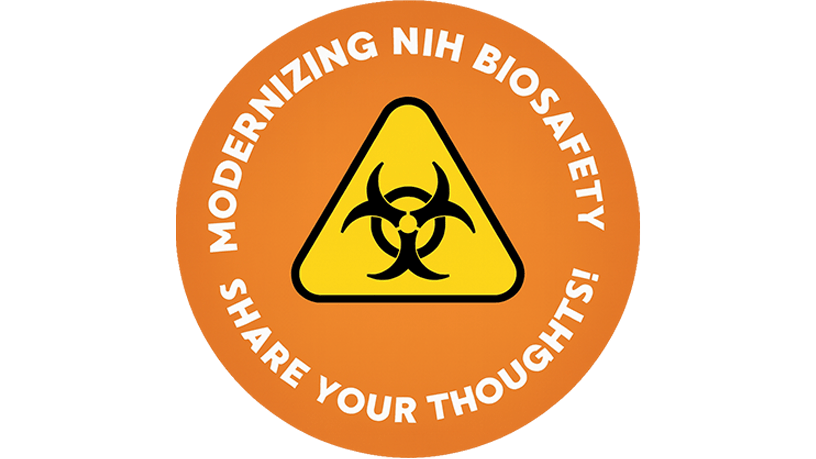Biosafety
The Drexel University Institutional Biosafety Committee (IBC) provides guidance to all faculty, professional staff, and students who wish to conduct research and teaching activities involving biological hazards such as recombinant DNA (as defined by the National Institutes of Health guidelines), pathogenic organisms, human/primate samples, chemicals, and cytotoxic agents. The IBC is responsible for reviewing all proposed projects involving biohazardous materials in order to protect the health and safety of University students, visitors, faculty and professional staff.
The IBC operates in accordance with standards and guidelines from the National Institutes of Health (NIH) and the Centers for Disease Control and Prevention (CDC), as well as regulations established by the Occupational Safety and Health Administration (OSHA). It also conducts operations consistent with city, state and institutional standards and regulations.
Investigators who conduct research involving potential biological risks to University faculty, staff, or students are required to submit biosafety protocols to the IBC. For more information on biosafety protocol submission, review, revision, and approval, follow the links below under Guidance or contact the IBC via email at biosafety@drexel.edu.
